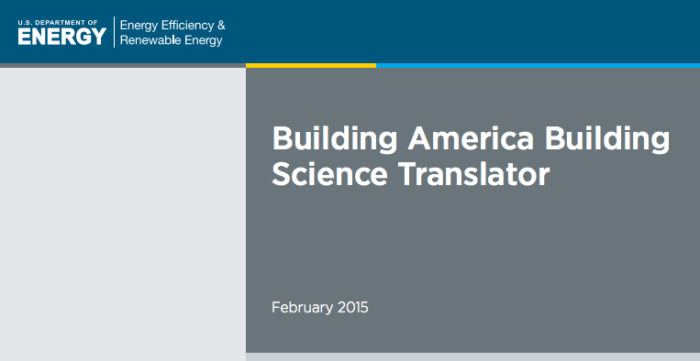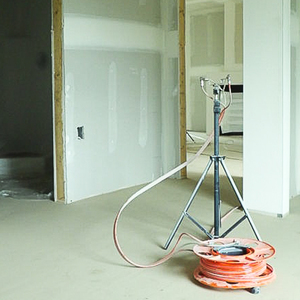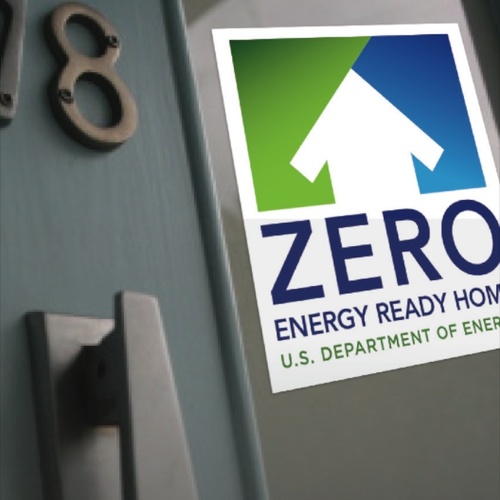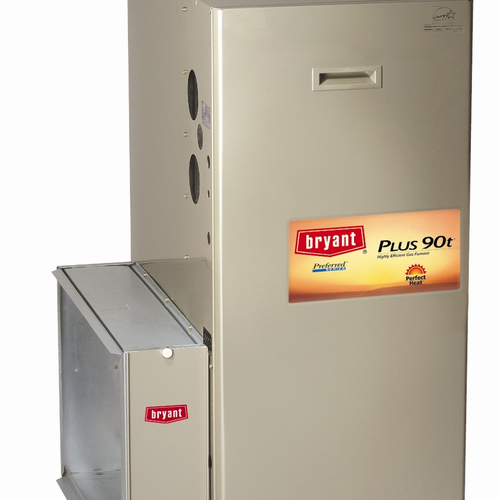
Image Credit: Department of Energy
Builders who specialize in net-zero, Passivhaus, or other types of high-performance houses may like nothing better than explaining the advantages of their approach, but lots of prospective customers apparently have no idea what they’re talking about.
“Sure, it’s second nature for builders, architects and remodelers to talk about advanced framing and net-zero homes as if those terms are equally familiar to their customers,” Sharon O’Malley wrote in a recent post at ConstructionDive.
“But like doctors talking about neuropathy (nerve disease) and TIAs (mini-strokes) with patients who don’t have a clue how to translate that medical jargon, contractors can equally confound their clients with the technical terms they use when they talk about green building features.”
In a poll of 2,009 people, O’Malley continued, just 14 percent knew what a “high-performance home” was.
Industry buzz words are great when you’re chatting with a building colleague, consultant Mike Rogers writes in a post, “but they generally do not lead to homeowner understanding or confidence, nor to signed contracts.”
That’s the problem. Now, the government hopes it has an answer.
Department of Energy’s ‘translator’
A year ago, the Department of Energy gathered an industry group active in the Zero Energy Ready Home and Building America programs to discuss the use of technical jargon. What they needed, the group decided, was a better way of explaining the benefits of sustainable, energy-efficient building to people who weren’t in the business.
After the meeting, the department began developing the Building Science Translator, which it describes as a “glossary of ‘power words’ for use across the industry.” It emphasizes the down-to-earth advantages for consumers, not engineering functions.
The translator is now available as a download from DOE’s website.
“Many stakeholders are frustrated that the transaction process fails to recognize the value associated with lower cost of ownership, greater comfort, improved health, ensured combustion safety, and more durability,” its introduction says. What the translator will do, it continues, is help builders emphasize the “improved consumer experience, rather than the engineering function.”
Language that is ‘consistent, effective and inclusive’
Let’s start with “high-performance” building, the phrase that baffles 86 out of 100 Americans.
High-performance, the translator suggests, means energy efficiency plus quality installation plus performance.
Likewise, “high-efficiency” shall mean a minimum of 15 percent above existing code, standard or business-as-usual. “Ultra-efficient” could be defined as 50 percent above existing standards.
Don’t call it an “HVAC system.” Say “comfort system.”
“HVAC equipment” should be “comfort equipment.”
“HVAC ducts” might be better labeled “comfort delivery system [analogy: lungs of home].”
A “HVAC thermostat” should be called “comfort control.”
The translator goes on to list dozens of stock industry phrases plus alternatives that emphasize enhanced comfort, more efficient operation or greater durability. So, for example, the building science term might be “tight air-sealed home,” but consumers might have an easier time understanding “comprehensive draft protection” or “air containment sealing” or “moisture-sealed construction.”
In addition to the translator, the DOE website also offers webinars on marketing high-performance homes.
Sam Rashkin, chief architect of DOE’s Building Technologies Office, told O’Malley that using understandable language is essential in building sales. Three other important skills, he added, are asking buyers the right questions, showing rather than telling customer about the benefits of green features, and making sure that sales reps have a good technical grounding in green building.
Weekly Newsletter
Get building science and energy efficiency advice, plus special offers, in your inbox.















3 Comments
This effort is driven by marketing, not consumer education
Referring to "HVAC ducts" as a "comfort delivery system" does not (a) improve clarity or (b) help explain things to a curious home buyer. This is a marketing-driven attempt to infantilize the consumer. The obvious result will be to send intelligent buyers running quickly away. These escaping customers will be rolling their eyes as they run.
If a builder suspects that a home buyer doesn't know what a duct is, he or she can explain it. But for goodness sake, call a duct a duct.
"Comfort system" ????
The issue with that is that it's the high-efficiency building envelope more than the mechanical systems that provide the true COMFORT levels (with the arguable exception being radiant heating & cooling.)
Ask the next 10 people you encounter what they have in their home for a "comfort system". It's doubtful that this is a more widely understood home than "HVAC", but might be just ahead of "mechanical systems."
If someone asked me about my home's "comfort system" I'd be inclined to think of either "comfort station" (as toilet facilities), or my bed. :-) YMMV.
Couldn't Agree More with Dana and Martin
Amen and amen.
The terms that the translator "translates" are not "buzzwords". They are the common language of current building practice in the United States.
The government-supplied terms that are proposed to replace these widely-understood terms are exactly buzzwords and worse.
"Power words" are "down-to-earth"? I detect the influence not only of marketers, but of educationists. How did they get there (and is there a difference between the two)? To loosely quote Alisdair MacIntyre, "the barbarians are no longer at the gate; they have already been ruling us for quite some time."
Yours in language and in building,
Bruce
P.S. Thank you for indulging my admittedly gratuitous "barbarians" comment. Still, language matters. If the building science translator were an endeavor of private enterprise, I would simply ignore it and, yes, probably after rolling my eyes. But it is not. It is a government endeavor that we -- citizens -- ultimately fund. Government can and should do better. And if it can't do better, it should not do at all.
P.P.S. If if looks like a duct, feels like a duct, and functions like a duct (and collects allergens like a duct), then it is probably a duct. (OK, I'll stop now. Promise.)
Log in or create an account to post a comment.
Sign up Log in